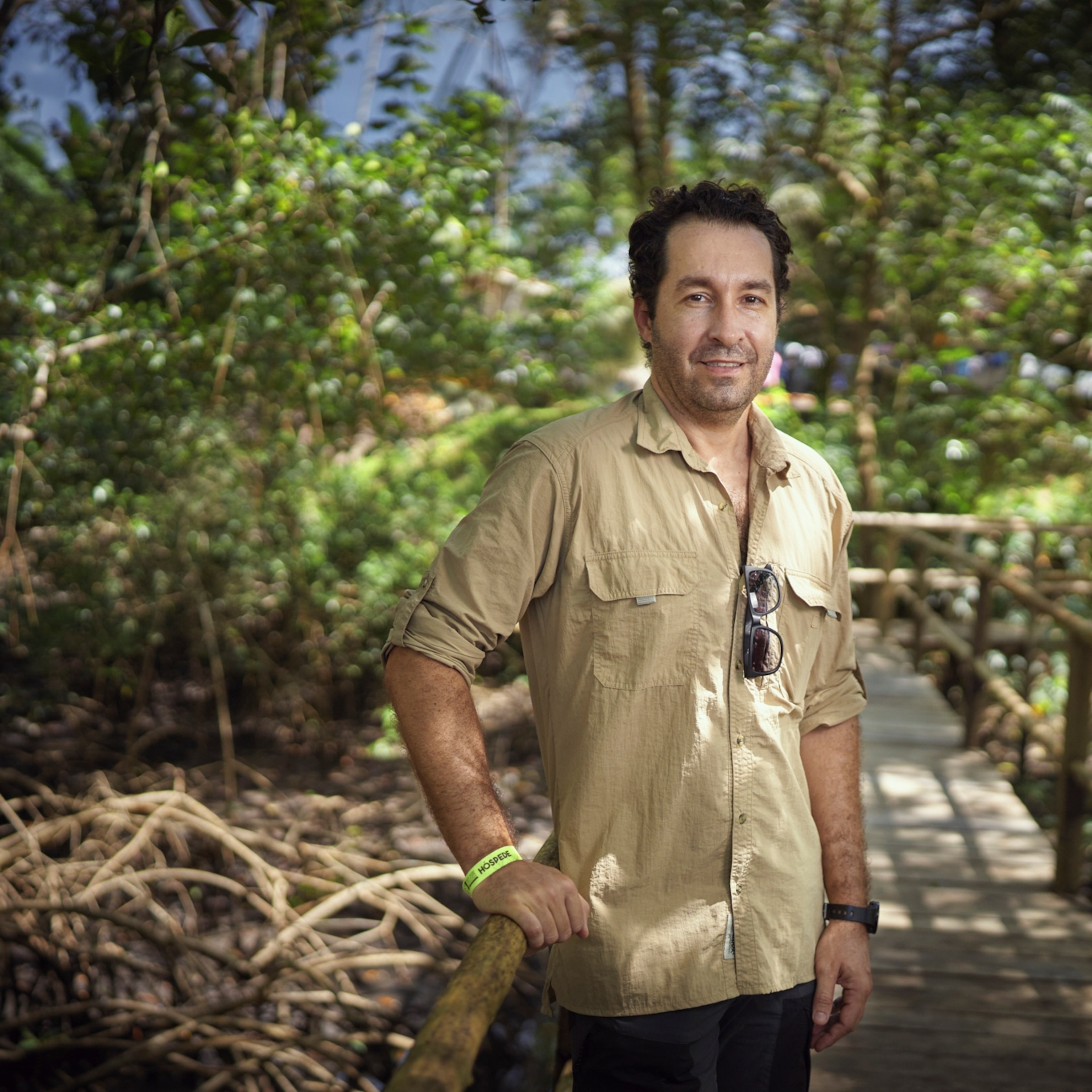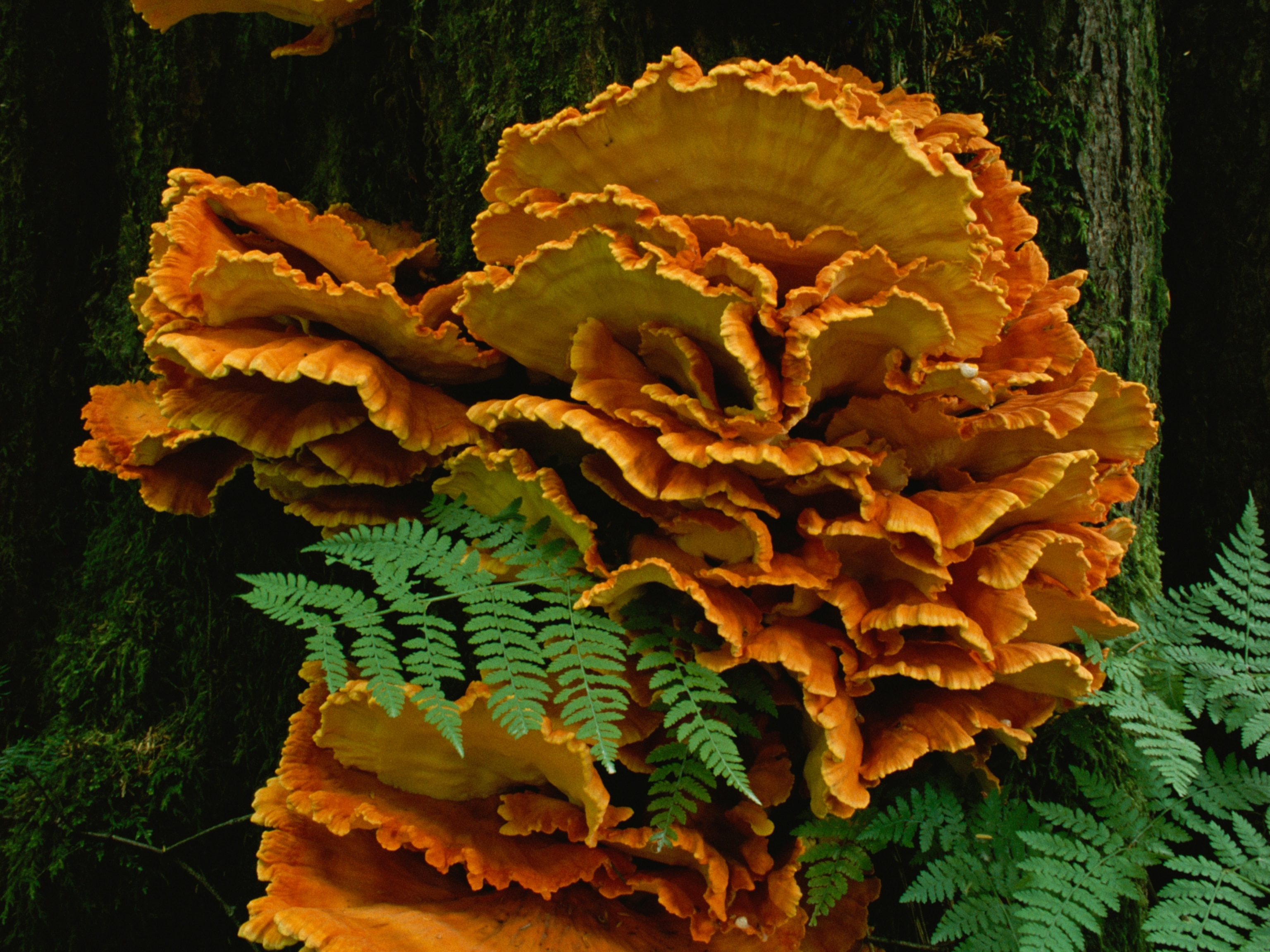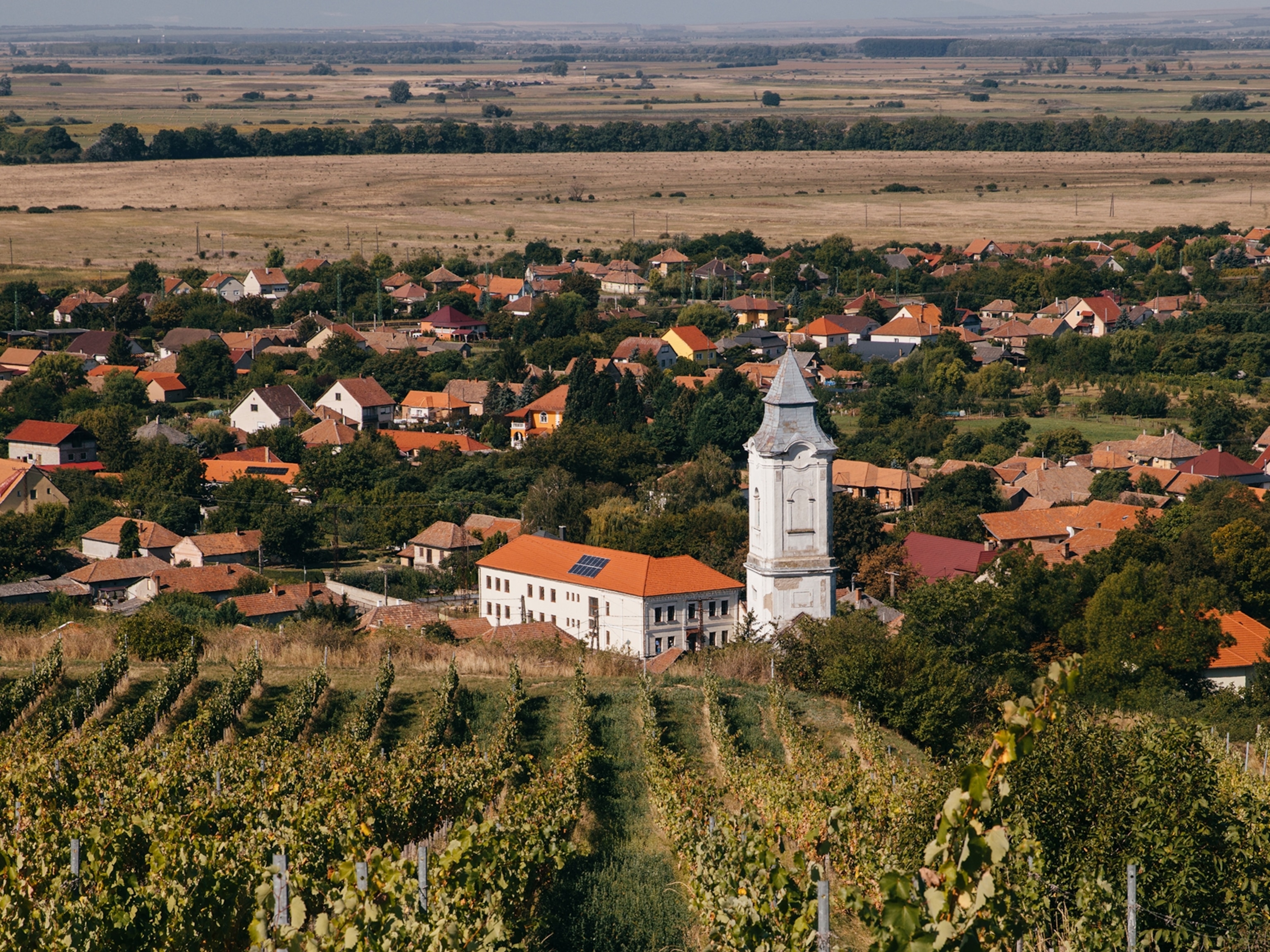
Climate Change Resilience May Mean Planting More Trees
One Kenyan woman is leading a charge to protect farmers from global warming by carrying on the work of her Nobel Prize-winning mother.
In the late 1970s, the legendary Kenyan environmentalist Wangari Maathai began to promote the idea that planting trees could be an effective way for rural women to combat poverty in their communities. Trees provide a home-grown source of fuel and income for farmers. By the time of her death in 2011 at age 71, Maathai had become the first African woman to win a Nobel Peace Prize and could claim a legacy of some 51 million trees planted around her home country.
Now, her daughter Wanjira Mathai is building on her mother’s work on trees, but with a new focus: Protecting Kenyans—particularly farmers— from the impacts of manmade climate change.
“Addressing climate change for Kenya, and I dare say for Africa, is a matter of life and death,” she said in an interview under a massive fig tree on the University of Nairobi’s agricultural campus (you can watch an extended interview with her in the video below). “We don’t have an option, and neither do we have much time.”
The people most at risk, she says, are the smallholder farmers and livestock herders who depend directly on the productivity of the land for their food and income. Because agriculture accounts for one-third of Kenya’s GDP, increasing the amount of money in farmers’ pockets is a prerequisite for more widespread economic development and poverty alleviation. That’s where trees can come in; specifically agroforestry, the use of trees to support healthier, more productive farms.
Robert Winterbottom, a senior fellow at the World Resources Institute in Washington, D.C., says agroforestry calls for a reconsideration of mainstream agriculture science in East Africa. Government farm planners here have traditionally tried to follow a Western model, he says, where progress meant encouraging farmers to remove trees in favor of orderly rows of single crops.
“They wanted it to look like Iowa,” he says. “But that’s actually not at all well adapted to drylands conditions in Africa, and that’s even more so with climate change.”
Since Mathai’s mother launched her tree-planting crusade decades ago, changing demographic and environmental conditions have left Kenya one of the world’s most vulnerable countries to climate change and food insecurity. For Kenyans, these are existential threats, she says: “There is no issue more important than climate change today, because it speaks to our very survival.”
The country’s population is growing at a rate of about 2.6 percent per year, roughly twice the global average, according to the World Bank. Most of that growth is happening in rural areas, and as a result, the area of land available to each farmer or herder is decreasing. According to research compiled by the international scientific consortium CGIAR, 80 percent of Kenyan farms are less than seven acres. By comparison, the average US farm is 234 acres. Such small farms account for 80 percent of the country’s agricultural yield, yet less than one percent of that area is irrigated. The rest is rainfed, meaning the country’s food system—and, by extension, its economy—is especially sensitive to changes in weather patterns.
The last few decades have seen a moderate increase in the total amount of rain falling on Kenya. But that fact is of little benefit to farmers, because the timing has become erratic and unpredictable: Instead of regular rainy seasons, the new normal is stretches of drought punctuated by downpours and flooding. Meanwhile, the temperature has been steadily rising, by nearly two degrees Fahrenheit since the 1960s on average, and even more in the dry pastoralist regions in the north. Hotter temperatures mean water evaporates more quickly, leaving less for crops and livestock.
The upshot of all this is farmers are faced with having to feed more people, on less land, under worse conditions. Today, one in five Kenyans is without sufficient access to nutritious food, according to United Nations statistics.
These are unprecedented challenges for Kenya. But according to Mathai, the solution is nothing new or high-tech. It all comes back to trees, which can help farms restore soil nutrients, reduce erosion, and retain water.
“Landscape restoration is one of the most efficient ways we can begin to take action right now,” she says.
A growing chorus of environmental scientists and government officials here agree. In September, Mathai, her colleagues on the Global Restoration Council, and a coalition of other environmentalists in Kenya succeeded in convincing Environment Minister Judi Wakhungu to commit to restoring 12.6 million acres of degraded forests, watersheds, and other important landscapes by 2030. It’s part of the continent-wide African Forest Landscape Restoration initiative, also known as AFR100, that was launched during last year’s global climate summit in Paris with the goal of restoring 100 million hectares (~247 million acres) by 2030.
The idea is to insulate agricultural and pastoral areas from the impacts of climate change not with fancy seeds or fertilizer (which most farmers, if they can afford them at all, are hesitant to invest in when the odds of a crop-busting drought are increasingly high) but with broad-based improvements to the health of the environment that will enable farmers to weather the bad years and get more out of the good years.
Mathai says her work on agroforestry is motivated by a call for personal responsibility she remembers from her childhood and the early days of Wangari Maathai’s environmental movement.
“I always was inspired by something my mother said: ‘Those of us who understand, must take action’,” she tells me. “Because once you understand, you can’t but take action. And climate change has made all of us take notice.”
Agroforestry is one of the climate adaptation strategies I’ll be looking at more closely during my Fulbright-National Geographic fellowship. For now, you can hear more from Wanjira in the video above.
Tim McDonnell is a Fulbright-National Geographic storyteller who is spending the next several months gathering the stories of African farmers. You can follow his journey here, on the Voices blog, and on Twitter @timmcdonnell and Instagram @timothy.m.mcdonnell.








